
Certification of Portable Fans in Eu CE and US FCC
In recent years, global summer temperatures have remained high, prompting various portable fans to become popULar cooling devices in Europe and North America compaRED to more expensive air conditioning units.
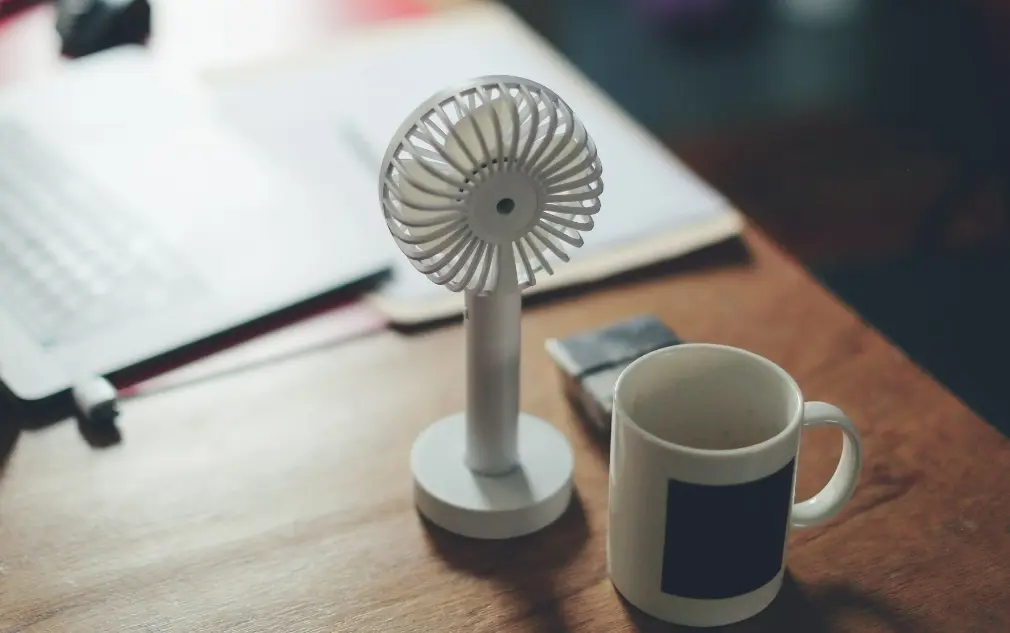
Portable fans, as compact and portable household appliances, are widely used with a variety of types and features. Current export markets mainly feature categories such as handheld fans, desktop fans, neck fans, and multifunctional fans with rechargeable and lighting capabilities.
JJR has summarized the main quality and safety risks associated with portable fans and the certification requirements for European Union, American, and other consumer markets, proposing corresponding measures for relevant enterprises.
Main Quality and Safety Risks
Risk of Battery Overheating
Portable rechargeable fans with built-in lithium-ion batteries may experience battery overheating during charging or use, potentially leading to battery explosions or even fires. This risk mainly arises from:
1. Simplified circuit designs lacking effective overheating protection mechanisms, allowing prolonged charging or use to cause uncontrolled battery temperatures and potential explosions.
2. Cost-cutting measures by manufacturers leading to substandard or refurbished lithium-ion batteries prone to adverse chemical reactions under environmental changes or misuse conditions (overcharging, impact, external short circuits), resulting in battery combustion.
3. Some portable rechargeable fans use loose 18650 lithium-ion batteries with exposed metal electrodes, which can short-circuit with metallic items (e.g., keys, coins) carried nearby. Such shorts can lead to thermal runaway in the batteries and internal material fires.
Chemical Hazard Risks
Improper materials used in components or materials of portable fan products can pose risks to human health and the environment. These risks include:
1. Excessive lead and cadmium in printed circuit board solder joints, battery connectors, or USB cables of mini fans, desktop fans, or foldable fans, posing environmental hazards and not complying with the EU RoHS Directive (Restriction of Hazardous Substances).
2. High concentrations of Di(2-ethylhexyl) phthalate (DEHP) and Di-n-butyl phthalate (DBP) in plastic shells of neck fans, desktop fans, or PVC flexible fan blades, which can harm reproductive systems and health, not complying with the RoHS Directive.
3. Excessive Short Chain Chlorinated Paraffins (SCCP) in plastic materials of USB cables of portable fans, posing threats to aquatic life and human health through bioaccumulation and skin contact, violating Persistent Organic Pollutants (POPs) regulations.
Mechanical Injury Risks
The diverse designs and rapid stylistic changes of portable fans in domestic and international markets have led to varying safety risks, including:
1. Portable fans designed with cartoon characters or playful functions that attract children, posing risks of finger cuts or injuries from contact with fan blades, especially metallic ones. Poorly assembled products may also feature small parts prone to ingestion accidents leading to choking or organ damage, not meeting Toy Safety Standards.
2. Neck or desktop portable fans, due to their proximity to the body during use, can cause scalp injuries if poorly designed with large gaps in the grille structure.
Safety Certification Requirements for Exporting to Europe and America
European Union:
Handheld, desktop, and other portable fans exported to EU member states require CE certification and ROHS Testing.
In CE certification testing, besides compliance with the EN 60335 series standards for electrical and mechanical safety, portable fans must also meet directives ensuring health, safety, and performance, including the low voltage directive (LVD) and Electromagnetic Compatibility (EMC) Directive.
The RoHS Directive in the EU focuses on environmental concerns, requiring testing of lead, mercury, cadmium, hexavalent chromium, polybrominated biphenyls, polybrominated diphenyl ethers, and phthalates in small fans imported and sold in Europe, ensuring compliance with prescribed limits. Additionally, portable fans exported to the EU must comply with reach regulations and POPs regulations concerning chemical substance restrictions and hazardous materials.
United States:
Portable fans exported to the United States typically require FCC and UL certification.
FCC certification serves as the entry pass for electronic and electrical products into the US market, with products needing corresponding FCC certification and labels to be legally sold.
UL certification primarily verifies the safety performance of electronic and electrical products. While not mandatory in the US, platforms like Amazon rigorously check UL certification status, potentially leading to delisting if absent.
Manufacturers and traders of portable fans should actively understand and comply with entry requirements for European and American markets. They should adhere to relevant technical regulations and standards, focusing on product design, material screening, battery management, and overall safety certification (e.g., CE certification for EU exports, FCC certification for US exports, and ideally UL certification) to ensure safe and compliant product export and sales, avoiding risks of product delisting.
JJR in China is an IEC 17025 accredited laboratory providing relevant testing services and specifications. Contact us for quotes.
Including FCC certification, FDA certification, UL certification, ISED certification, IC certification, anatel certification, CE certification, ROHS certification, REACH certification, WEEE certification, etc.
Email:hello@jjrlab.com
Write your message here and send it to us
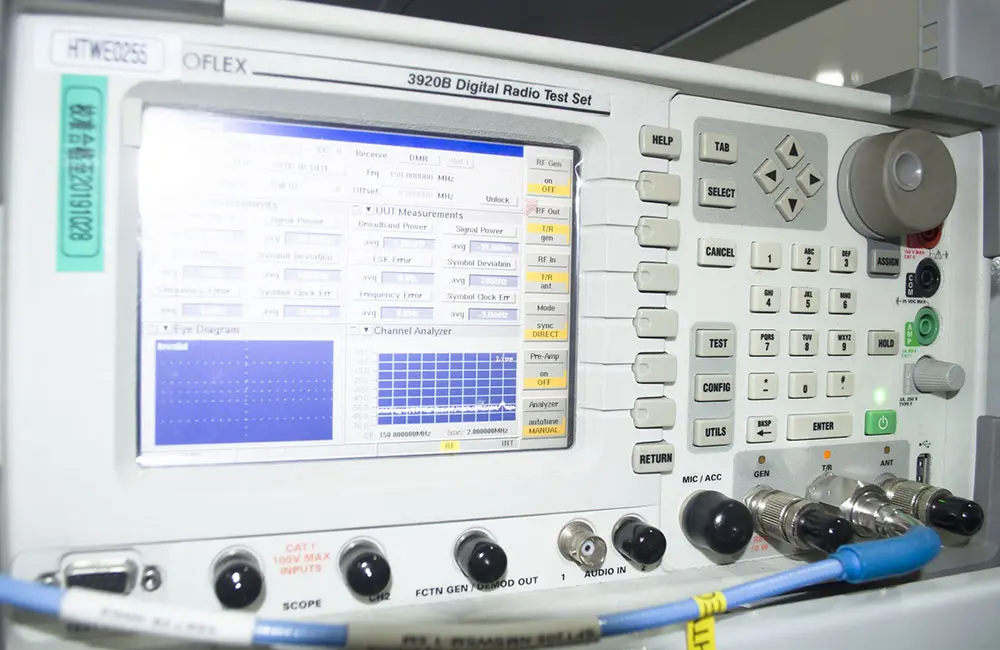 LED Lighting EMC Testing Service
LED Lighting EMC Testing Service
 EU REACH Compliance Testing Services
EU REACH Compliance Testing Services
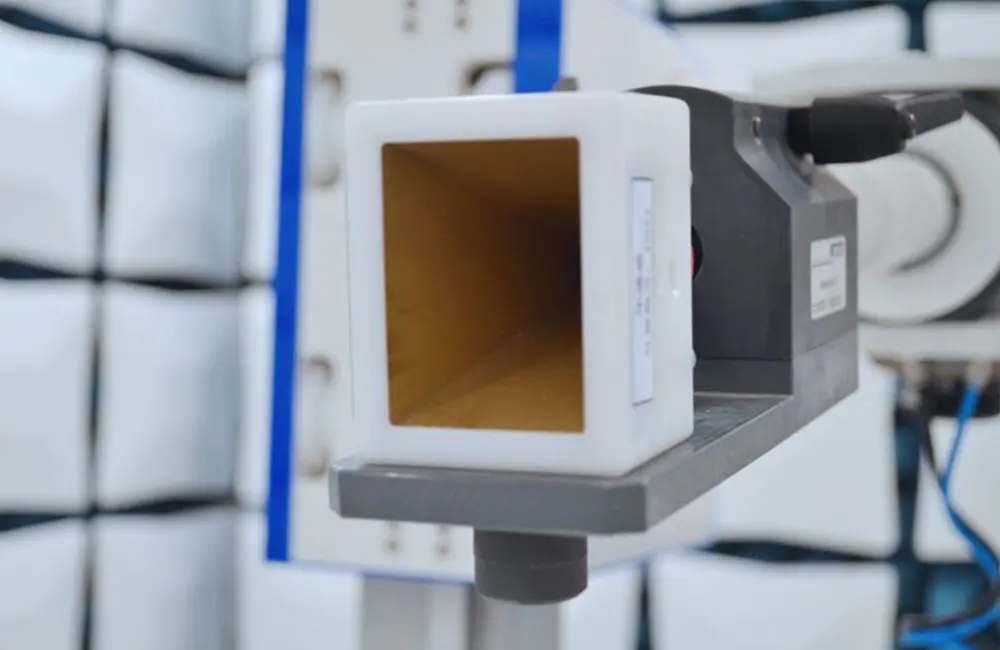 Electronic and Electrical Reliability Testing Serv
Electronic and Electrical Reliability Testing Serv
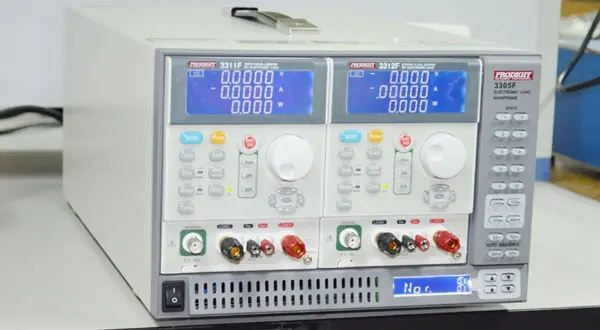 Electronic & Electrical Safety Compliance Test
Electronic & Electrical Safety Compliance Test
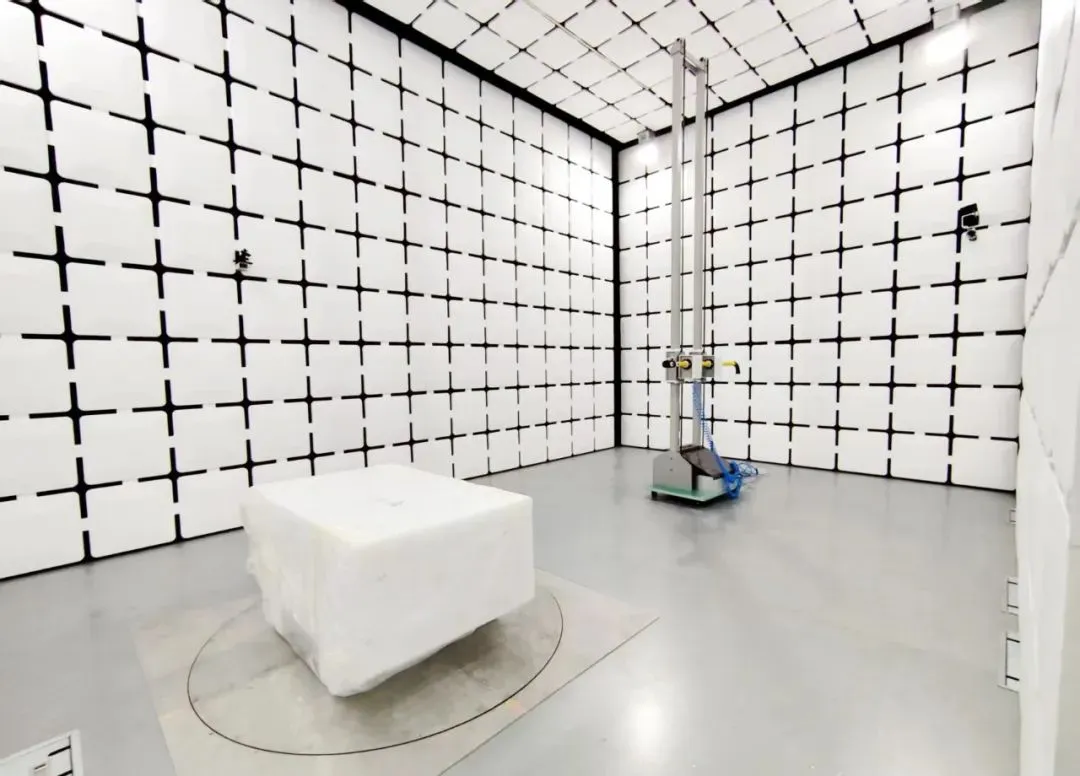 Shenzhen Electronic Electromagnetic Compatibility
Shenzhen Electronic Electromagnetic Compatibility
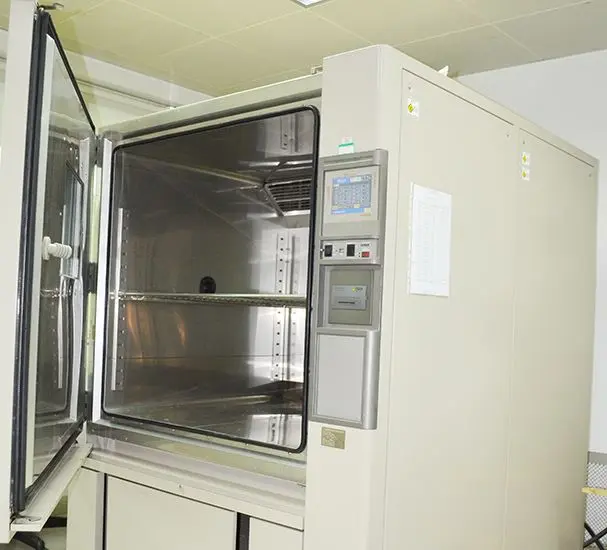 How to Test IP68 Rating
How to Test IP68 Rating
 Differences Between FDA and LFGB for Food Contact
Differences Between FDA and LFGB for Food Contact
 Process and Precautions for Amazon CPC Certificate
Process and Precautions for Amazon CPC Certificate
Leave us a message
24-hour online customer service at any time to respond, so that you worry!




